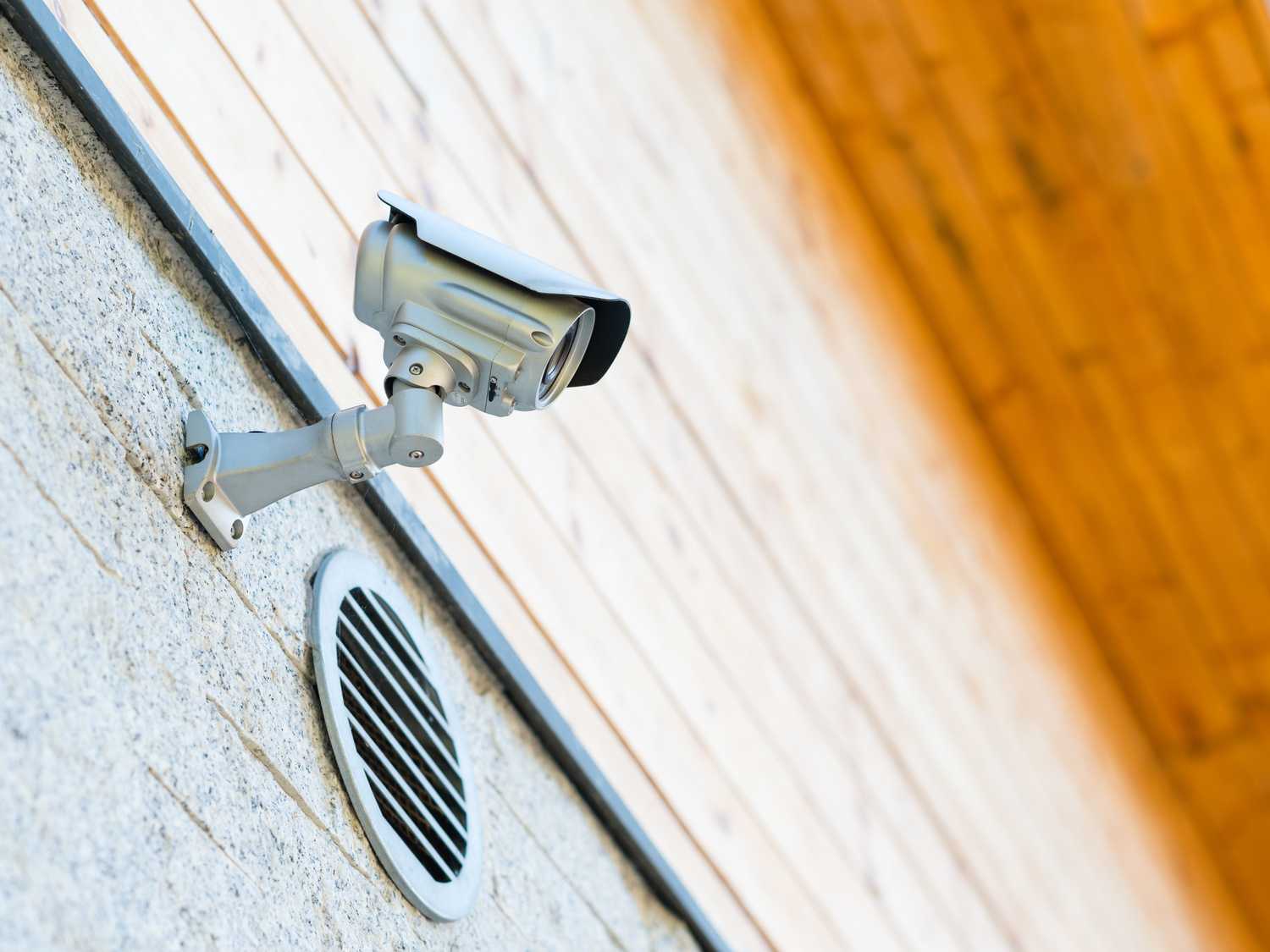In an age where security concerns are at the forefront of our minds, the installation of security cameras has become a vital step in safeguarding our homes, businesses, and loved ones. Security camera systems offer peace of mind and real-time surveillance, deterring potential threats and providing valuable evidence if incidents occur. In this comprehensive blog post, we will delve into the world of security camera installation, exploring its benefits, the installation process, types of cameras, and the considerations to keep in mind.
About Security Camera Installation
Security camera installation involves setting up a network of cameras strategically placed to monitor and record activities in a given area. This could range from residential homes to commercial properties, industrial sites, and public spaces. The goal is to create a surveillance system that enhances security, prevents unauthorized access, and aids in investigations.
Benefits of Security Camera Installation
- Crime Deterrence: The mere presence of security cameras can deter potential criminals, reducing the likelihood of break-ins, vandalism, and other malicious activities.
- Real-Time Monitoring: Security cameras provide real-time surveillance, enabling you to keep an eye on your property remotely via your smartphone, tablet, or computer.
- Evidence Collection: In the unfortunate event of a crime or incident, security camera footage can serve as valuable evidence for law enforcement and insurance claims.
- Remote Access: Modern security camera systems allow you to access live and recorded footage remotely, providing peace of mind even when you’re away from home or the office.
- Employee Monitoring: In commercial settings, security cameras can help monitor employee activities, ensuring productivity and adherence to company policies.
Types of Security Cameras
- Indoor Cameras: These cameras are designed to monitor the interior of buildings. They are often used to keep an eye on entry points, hallways, and important areas.
- Outdoor Cameras: Outdoor cameras are built to withstand the elements and are crucial for monitoring the exterior of properties, including driveways, entrances, and perimeters.
- Dome Cameras: Dome cameras have a distinct dome-shaped housing that makes it difficult for individuals to determine the direction in which the camera is pointed.
- Bullet Cameras: These cameras have a long, cylindrical shape and are commonly used for long-distance viewing, making them ideal for monitoring large outdoor areas.
- PTZ Cameras: Pan-Tilt-Zoom (PTZ) cameras can be remotely controlled to pan, tilt, and zoom, allowing for dynamic surveillance of large areas.
Installation Process
- Site Survey: A professional installer assesses your property to determine optimal camera placement, coverage areas, and potential blind spots.
- Camera Mounting: Cameras are strategically mounted based on the site survey, taking into consideration factors like visibility, angles, and potential obstructions.
- Cabling and Power: Depending on the type of camera, appropriate cabling and power sources are set up to ensure seamless operation.
- Network Configuration: Cameras are connected to a network, enabling remote access and real-time monitoring through compatible devices.
- Testing and Configuration: Installers thoroughly test each camera to ensure proper functionality, adjust settings, and provide training on using the system.
Considerations for Security Camera Installation
- Coverage Areas: Identify the critical areas that require monitoring, such as entrances, windows, and high-traffic zones.
- Camera Resolution: Higher resolution cameras provide clearer images, making it easier to identify faces and details.
- Night Vision: For 24/7 surveillance, consider cameras with infrared night vision capabilities.
- Storage Capacity: Determine how much footage you want to store and choose a system with sufficient storage capacity.
- Privacy Concerns: Be mindful of privacy laws and regulations that govern the use of security cameras.
Smart Integration and Future-Proofing
In the ever-evolving landscape of technology, security camera installation has embraced smart integration. Modern security camera systems can be seamlessly integrated with other smart devices, such as motion sensors, doorbell cameras, and smart locks. This integration allows for a more comprehensive and interconnected security ecosystem. For instance, when a motion sensor detects movement, it can trigger the security cameras to start recording, alerting you to potential intruders.
The Decision for Enhanced Security
In a world where uncertainty looms, the decision to invest in security camera installation near me goes beyond the tangible benefits. It reflects a commitment to the safety and well-being of your loved ones, your property, and your peace of mind. Whether you’re seeking to deter potential intruders, monitor your premises remotely, or have a reliable record in case of emergencies, security cameras offer a level of vigilance that transcends physical boundaries. With professional installation, careful consideration of camera types and placement, and an eye toward future integration, you’re not just installing cameras – you’re building a fortified shield of protection that ensures your environment remains safe and secure in an increasingly complex world.
Conclusion
Security camera installation is an investment in the safety and security of your property and loved ones. These watchful guardians provide peace of mind, deter potential threats, and offer valuable evidence when incidents occur. With a variety of camera types and installation options available, it’s crucial to work with professionals who can tailor a solution to your specific needs. Whether you’re protecting your home, business, or public space, the installation of security cameras brings an added layer of protection that can make all the difference in maintaining a secure environment.
- Understanding Backflow Testing and Annual Fire Alarm Inspections: Essential for Safety and Compliance - April 1, 2025
- Preamplifiers – Significance, Types, Benefits - January 10, 2025
- The Science of Bass: Understanding How Subwoofers Work - January 10, 2025

